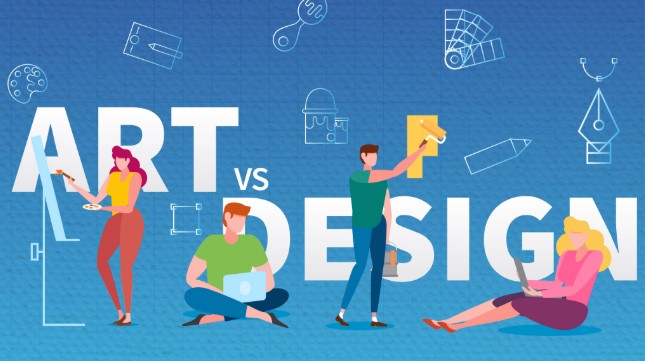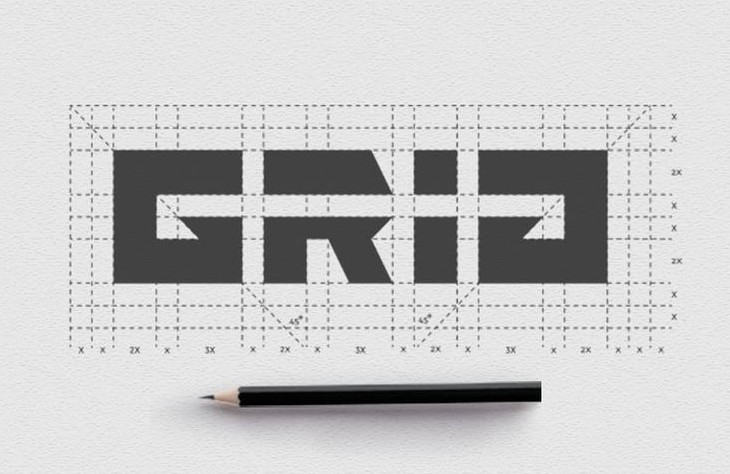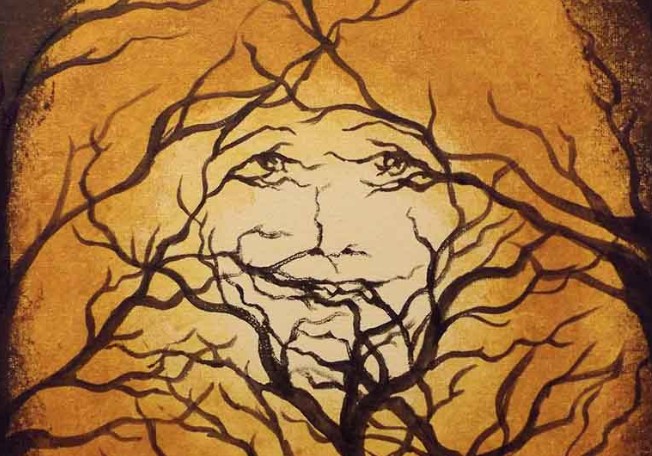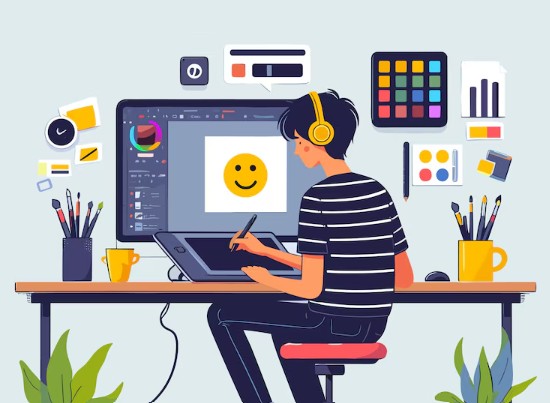Best Selling Products
Unlocking the Power of Graphic Design in the Modern World
Nội dung
- 1. What is graphic design?
- 2. Application areas of graphic design
- 3. The importance of graphic design today
- 3.1. Graphic design helps convey messages
- 3.2. Contribute to brand building
- 3.3. Make an impression
- 3.4. Generate revenue for the business
- 3.5. Enhance user experience
- 4. Challenges and opportunities for graphic design in the digital age
- 4.1. Challenges
- 4.2. Opportunity
Graphic Design is a field that combines art and technology to create visual products. It is the process of using images, colors, text, and layout to effectively and creatively convey messages to viewers.
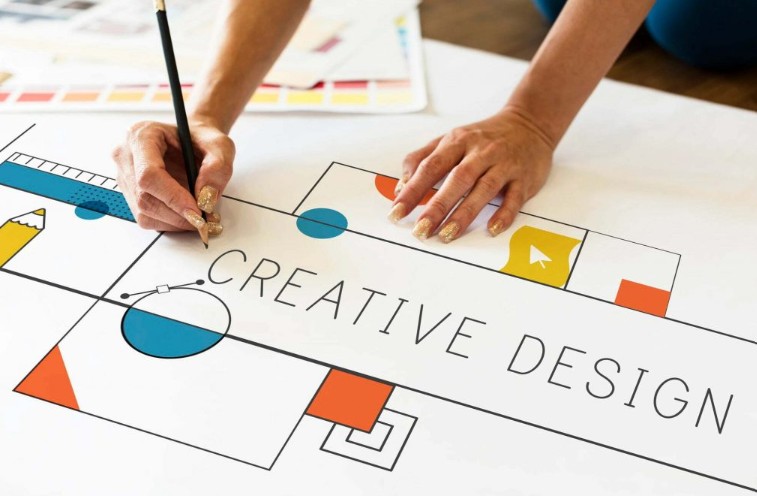
In today’s world, images and visual content play a more important role than ever in attracting attention and conveying messages. This is where graphic design becomes an indispensable part of everything from business, media to entertainment. Graphic design is not just a combination of colors, shapes and fonts, but also a powerful tool to help brands build recognition, messages come to life and information is accessed visually and effectively.
This article will help you explore more deeply the importance of graphic design in the modern world : why it is not just “decoration” but also “storytelling art”, how it contributes to the success of a brand, and the outstanding graphic design trends you should grasp. Join SaDesign to learn more about why investing in graphic design is investing in the future and sustainable development of every project and business.
1. What is graphic design?
Graphic Design is a field that combines art and technology to create visual products. It is the process of using images, colors, text, and layout to effectively and creatively convey messages to viewers.
Graphic design has been around for a long time, initially serving mainly the printing and advertising industries. However, with the development of technology, graphic design has expanded its scope of application to many different fields such as digital design, user interface (UI), user experience (UX) and even virtual reality (VR).
.png)
Nowadays, graphic design is not only a supporting tool but also an indispensable part of business, advertising and communication strategies. From logos, posters, advertising banners to website interfaces, all require the creativity and expertise of graphic designers.
2. Application areas of graphic design
Graphic design is not limited to a certain field but is widely applied in many different industries. Below are some typical fields:
Brand design: This is the most important area of graphic design, including creating logos, branding and marketing materials to help businesses build a professional and consistent image in the eyes of customers.
Communication design: Products such as posters, banners, flyers, and promotional videos are all good examples. Graphic design helps to convey messages more clearly and impressively.
Web and App Design: In the digital age, website and app interfaces play an important role in attracting and retaining users. A beautiful and user-friendly design will bring a better experience to customers.
Product design: Product packaging, labels or user manuals all require graphic design to create appeal and professionalism.
3D graphic design and animation: This is a rapidly growing field, especially in the gaming, film and advertising industries.
3. The importance of graphic design today
.png)
3.1. Graphic design helps convey messages
In today’s information-saturated world, graphic design plays a vital role in making messages interesting, memorable, and accessible. A good image or diagram can replace hundreds of words of text, helping viewers grasp the main idea more quickly and easily. This is especially important in the online environment, where users’ attention can be lost quickly without compelling graphic content.
The role of graphic design is also to combine many visual elements, such as color, shape, text and images, to create a powerful graphic representation. It can help create emotions, reflect the personality of a product or organization, and create an emotional connection with the audience. This can promote more positive engagement and interaction from the viewer or customer, motivating them to make decisions or take action effectively.
Furthermore, the role of graphic design can be customized to suit specific goals and target audiences. For example, an advertising campaign may use distinct graphic design to attract the attention of a specific customer group or convey a specific message. This makes graphic design a powerful tool that can be customized and adapted to meet specific marketing or communication goals.
.png)
3.2. Contribute to brand building
The role of graphic design is not only to make a product or organization look better, but also to help build and reinforce a brand culture. A strong red line, a unique color scheme, or a distinctive logo can become distinctive components that help identify a brand and create a memorable experience for consumers. These design elements are not simply visual, but they are core parts of how viewers remember a brand and feel about it.
Additionally, graphic design can help communicate a brand’s values and mission effectively. Using the right design elements, such as images, logos, and typography, can make people perceive a brand as professional, creative, or friendly. This helps build trust and connection between the brand and its customers.
3.3. Make an impression
In marketing, making an impression is a key factor in attracting the attention of potential customers. The first process when consumers interact with a product or brand is often based on first impressions, and graphic design plays a decisive role in creating positive or negative emotions. If a product has a beautiful and attractive design, it has the ability to attract the interest and attention of customers, leading to interaction, and ultimately, transactions.
In everyday life, graphic design plays an important role in making information accessible and interesting. A beautifully designed and engaging newsletter, book, or website can stimulate curiosity and exploration, making the reader or viewer want to learn more and keep reading.
3.4. Generate revenue for the business
Graphic design can play a vital role in generating revenue for your business. Here are some ways graphic design can contribute to generating revenue:
.png)
Create a strong brand image: Graphic design helps build a unique and memorable brand image. A strong brand has the ability to attract customers' attention and help you build trust, leading to increased sales.
Advertising and Marketing: Graphic design is used to create attractive marketing materials such as banner ads, flyers, website images and promotional videos. These materials can help you attract new customers and generate more business opportunities.
Good User Experience: Graphic design also affects the user experience on your website and app. A friendly and attractive user interface can help increase customer conversion rates and revenue from online shopping.
Products and packaging: Graphic design can make your products stand out in stores and online. Attractive packaging and unique product labels can make an impression on customers and encourage them to buy.
3.5. Enhance user experience
In the field of user interface (UI) and user experience (UX) design, graphic design helps create easy-to-use interfaces, engaging interactions, and good user experiences. The role of graphic design is not just about creating images and charts, but also about how information is presented and communicated effectively to users.
.png)
The role of graphic design in UI/UX can optimize the structure of a website or application to ensure ease of use and information retrieval. Appropriate organization, use of color and imagery can create a logical and attractive guide for users, making it easy for them to find information and interact with content.
Additionally, graphic design can also improve user engagement by encouraging action, such as submitting an order, signing up, or interacting with your product or service. Elements such as clear and compelling call-to-action buttons, flow charts, and illustrations can create interest and encourage users to take desired actions.
Furthermore, considering consistency in graphic design can ensure that the user experience remains consistent across multiple pages and touchpoints with your brand. Elements such as maintaining a consistent color and style, using branded icons and imagery, and integrating information logically can create a seamless and memorable user experience.
Ultimately, by focusing on graphic design in UI/UX, businesses can create memorable user experiences, generating customer satisfaction and loyalty, which can lead to increased revenue through retaining existing customers and attracting new ones.
4. Challenges and opportunities for graphic design in the digital age
Graphic design in the digital age not only brings many opportunities but also faces many challenges.
.png)
4.1. Challenges
Fierce Competition: With the advancement of technology, more and more people are entering the field of graphic design. This requires designers to constantly improve their skills and creativity to stand out.
Impact of technology: AI technology and automated design software are becoming more and more popular, making the work of designers easier but at the same time creating fierce competition.
4.2. Opportunity
Increasing demand: In the digital age, every business needs graphic design to build its brand and promote its products. This opens up many job opportunities for designers.
Modern support tools: Design software such as Adobe Photoshop, Illustrator, Canva or Figma are increasingly improved, helping designers easily realize creative ideas.
Graphic design is not only an art form but also a powerful tool for businesses to build their brand, convey messages and make an impression on customers. In an era where everything revolves around images and visual content, the role of graphic design is more important than ever.









































